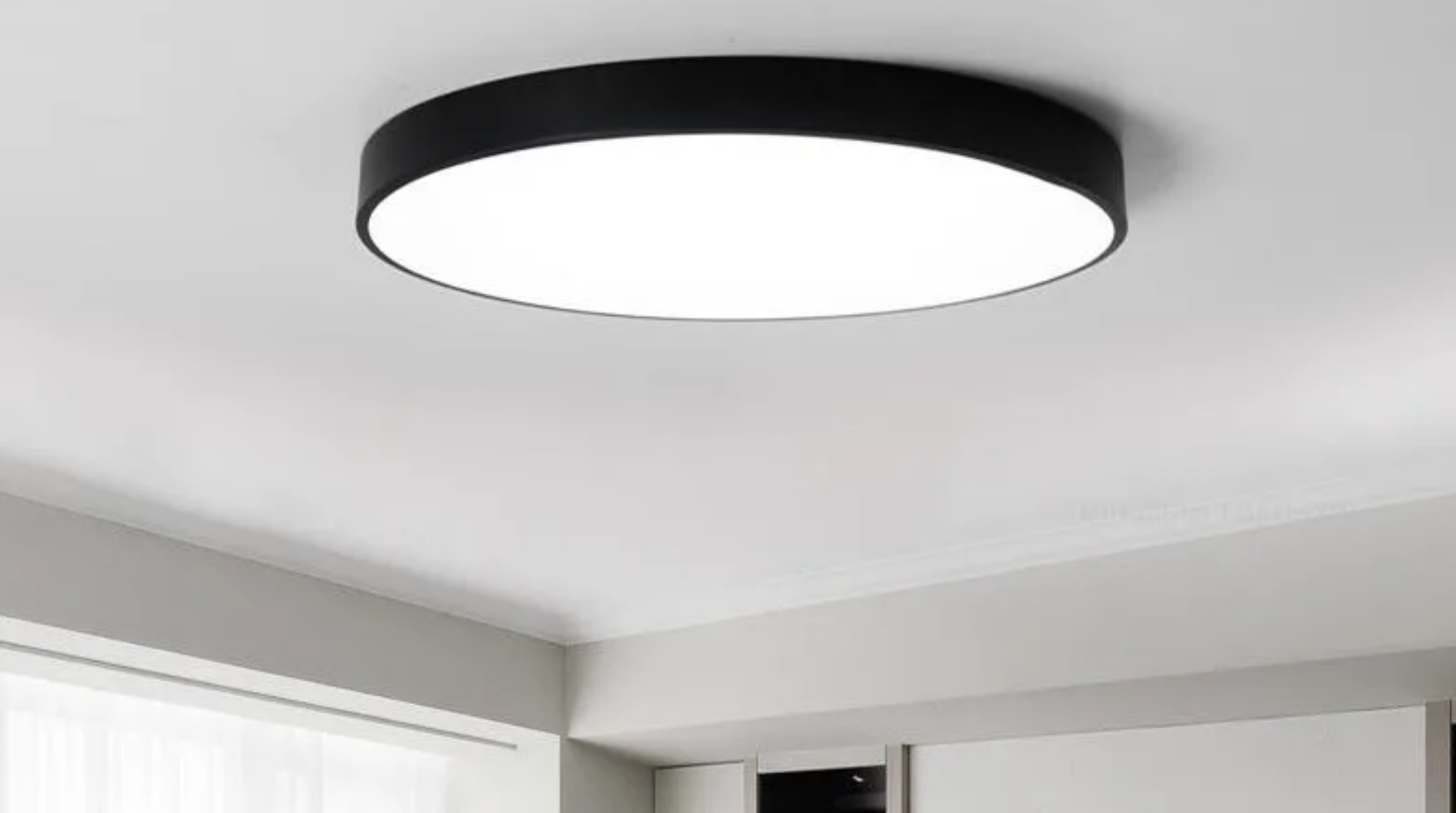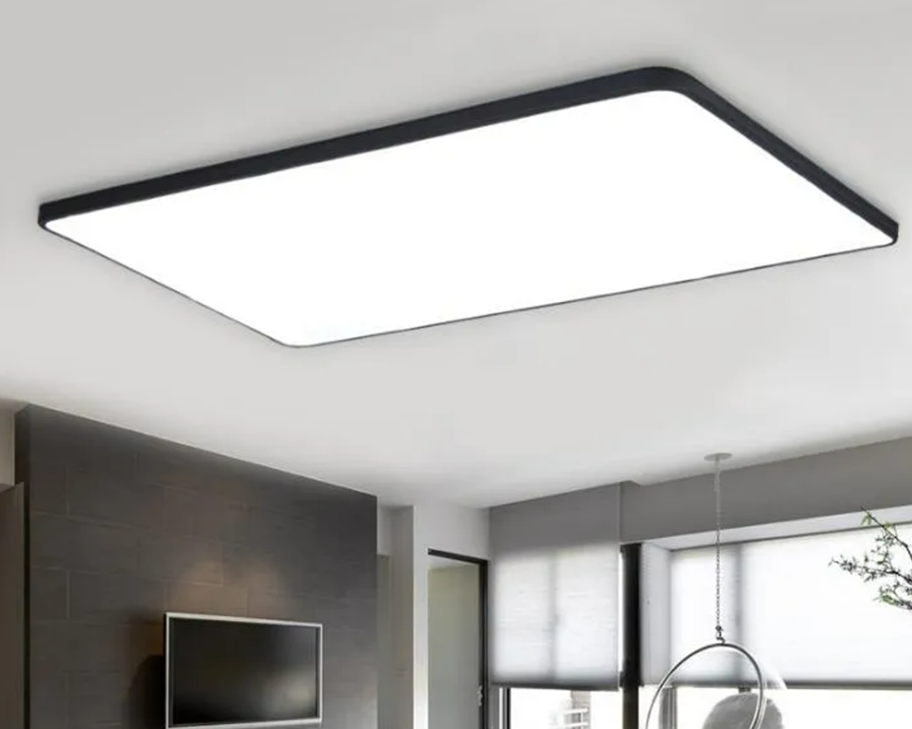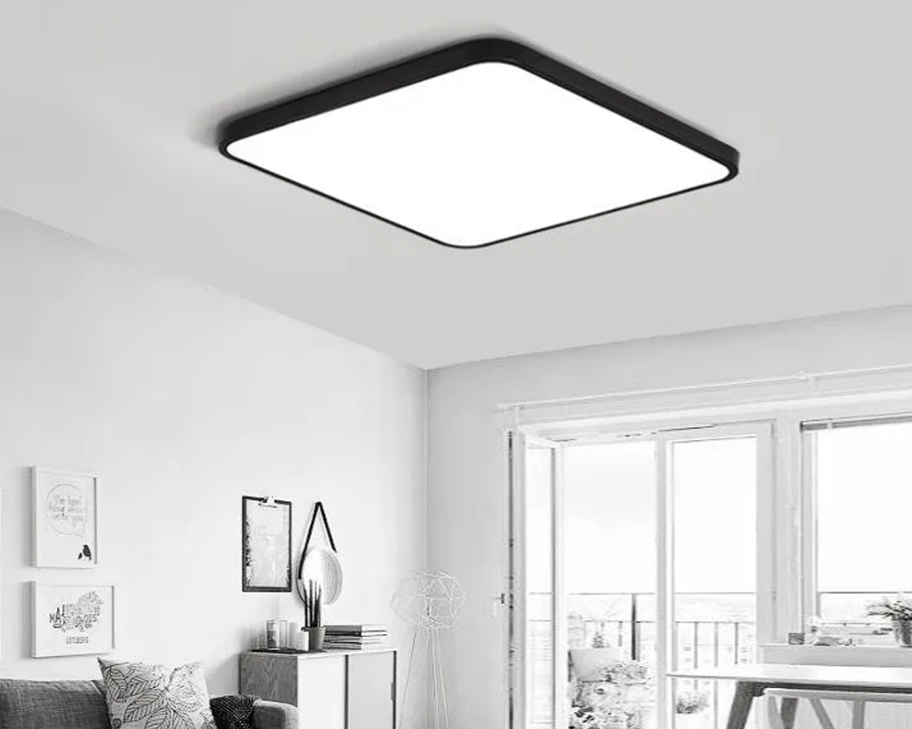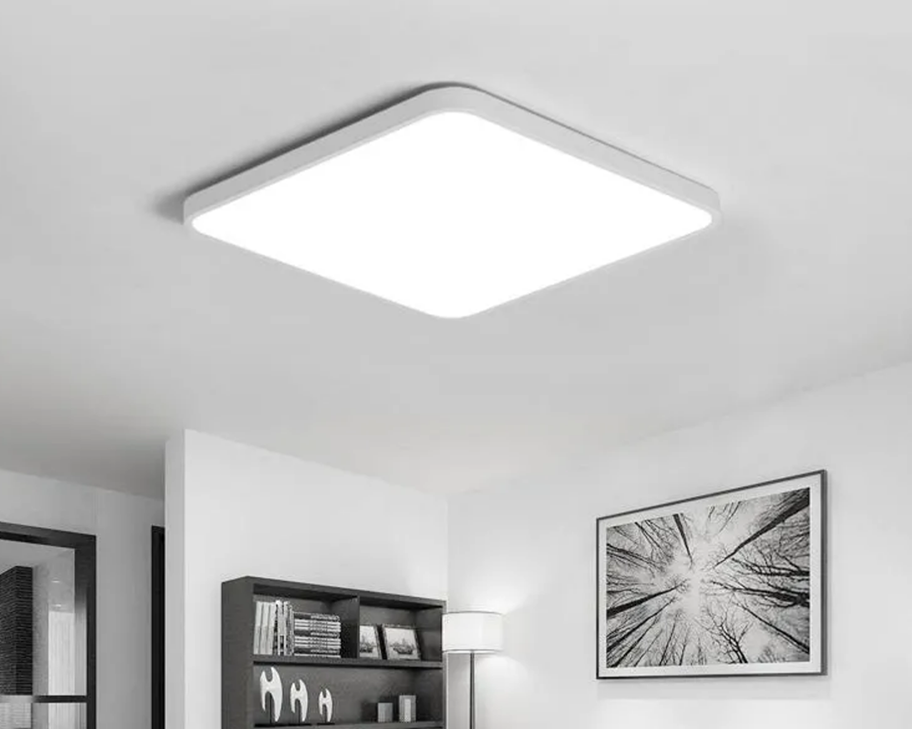The LED ceiling light sector has matured into a dynamic, global marketplace driven by energy efficiency, reliability, and smarter design. Central to this evolution is the continuous refinement of IP-rated products, particularly IP44 and IP54 variants, which address moisture, dust, and impact considerations in diverse settings. A robust commercial supply chain underpins product availability, while market trends shape demand, and a clear understanding of customer segments and use cases guides successful go-to-market strategies.

Supply chain landscape
Raw materials and components: LED chips, drivers, lenses, and heat sinks form the core, with a growing emphasis on quality control and long-term lumen maintenance. Packaging and protective coatings, especially for IP-rated products, ensure resilience in damp or dusty environments.
Manufacturing and quality: Reliable manufacturers employ modular production, standardized testing (thermal, photometric, and IP compliance), and traceability. Certifications (CE, RoHS, UL, and IP ratings) build trust with buyers in retail, architect-led projects, and facilities management.
Logistics and distribution: Efficient logistics minimize lead times for bulk orders and project-based purchases. Regional hubs and e-commerce channels complement traditional distributors, enabling faster replenishment for retailers and installers.
After-sales and service: Spare parts, driver replacements, and warranty support are critical for minimizing downtime in commercial environments. A responsive service ecosystem reduces total cost of ownership for customers.

Market trends
Energy efficiency and cost of ownership: LED ceiling lights consume less electricity and produce less heat, extending lifespan. IP44 and IP54 products are increasingly preferred for bathrooms, kitchens, hallways, and utility spaces where moisture, steam, and dust are concerns.
Durability and maintenance: Robust IP-rated fixtures designed to resist moisture ingress and dust intrusion are in higher demand in commercial buildings, hospitality, and healthcare facilities.
Smart integration: Wireless controls, dimming, and integration with building management systems add value. Customers seek fixtures that can be centrally managed for energy use, maintenance scheduling, and occupancy-based lighting.
Design versatility: Slim profiles, recessed vs surface-mount options, and a range of color temperatures (2700K–6500K) cater to different aesthetics and functional needs, from modern offices to residential projects.
Global supply chain resilience: Buyers are favoring suppliers with diversified manufacturing bases, transparent sourcing, and clear contingency plans to mitigate disruptions.
Customer demographics and decision drivers
Facility managers and operations teams: Focus on reliability, maintenance costs, IP ratings (IP44 for wet areas; IP54 for dust-prone environments), and long-term warranties.
Architects and designers: Demand high-quality light quality, color rendering (CRI), fixture aesthetics, and adaptability to architectural plans. IP-rated options enable feasible design in bathrooms, kitchens, and entryways.
Electrical contractors and installers: Value ease of installation, standardized fittings, compatible ladders/ceiling hubs, and clear documentation for quick on-site commissioning.
Hospitality and healthcare buyers: Prioritize hygienic design, uniform lighting, ease of cleaning, and minimal downtime. IP ratings matter for bathrooms, cleaning corridors, and service areas.
Retail and developers: Seek scalable solutions, consistent delivery, and cost-per-lumen advantages for large projects.

Suitable applications and scenarios
IP44 LED ceiling lights: Ideal for bathrooms, powder rooms, utility rooms, and damp areas where protection against splashing water is essential. Also suitable for covered outdoor porches or carport interiors.
IP54 LED ceiling lights: Well-suited for dusty environments, kitchens with cooking fumes, corridors, stairwells, basements, and workshop spaces where dust and minor moisture exposure occur.
Residential installations: Living rooms, hallways, and kitchens benefit from color-tuned, energy-efficient fixtures with options for dimming and smart controls.
Commercial spaces: Offices, hotels, and retail environments benefit from consistent illumination, easy maintenance, and scalable deployment across multiple rooms or floors.
Industrial and public facilities: Warehouses and transit facilities may prefer higher IP ratings and robust fixtures to withstand harsher conditions.


